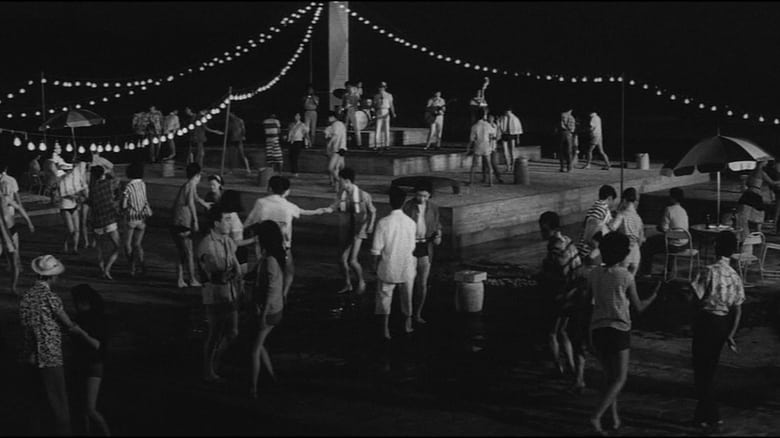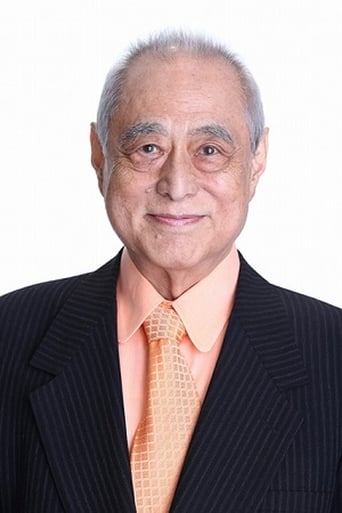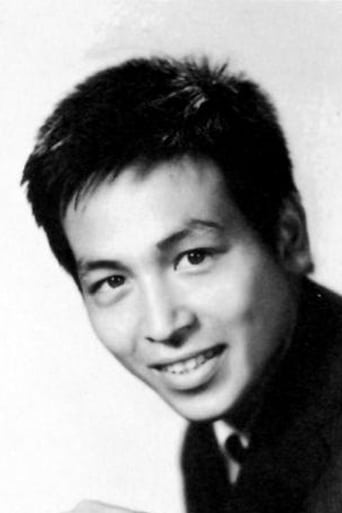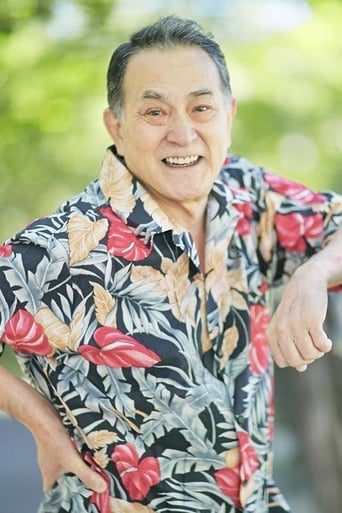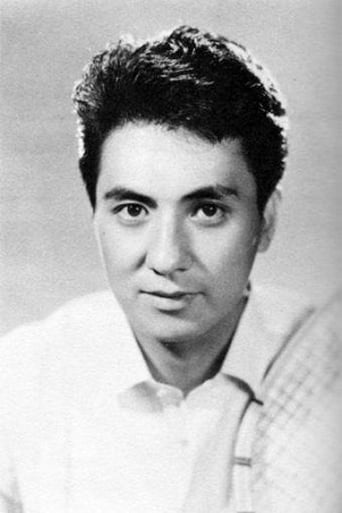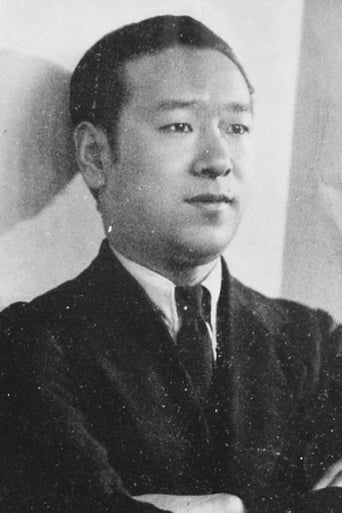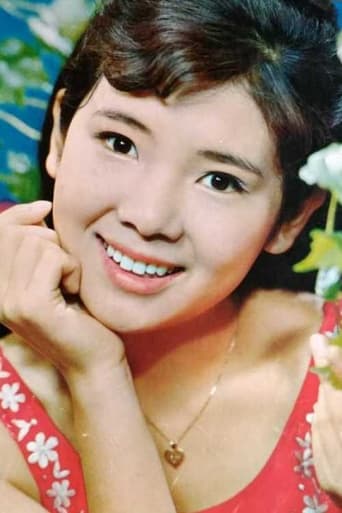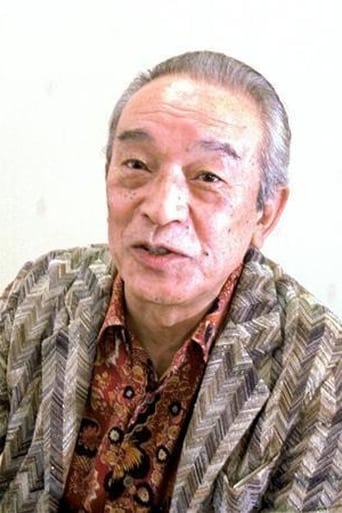Yoshida's first feature follows the lives of young students against a background of jazz, emptiness and boredom. The plot is fairly simple: a "good-for-nothing" from a poor background falls in love with the young secretary of his rich friend's father. The woman senses good in him and tries to lead him on the right path.


Similar titles
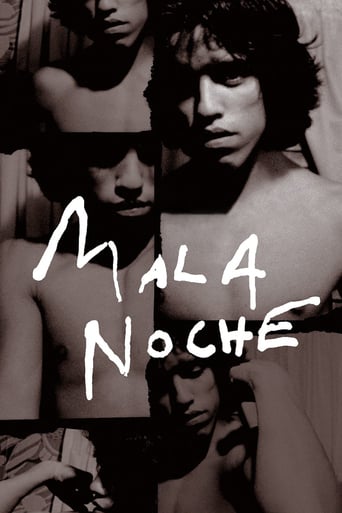
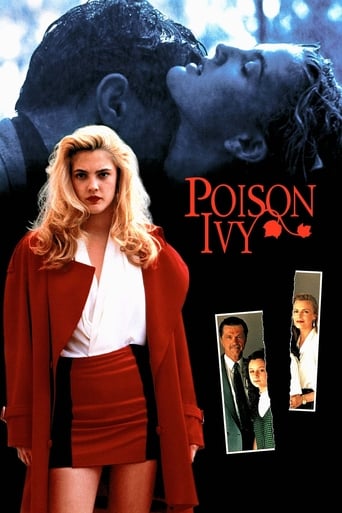

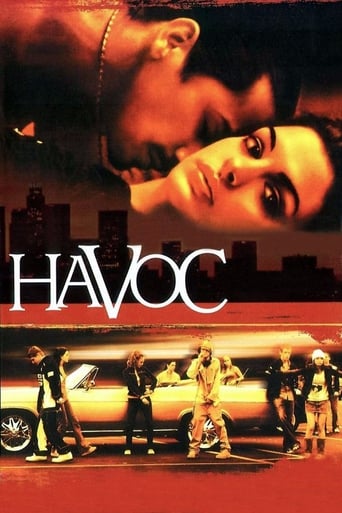
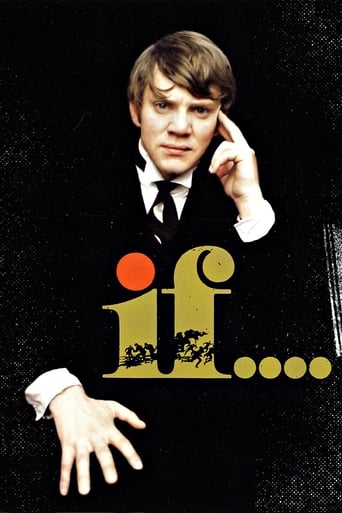
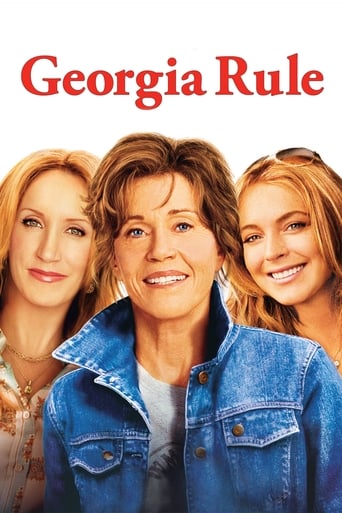
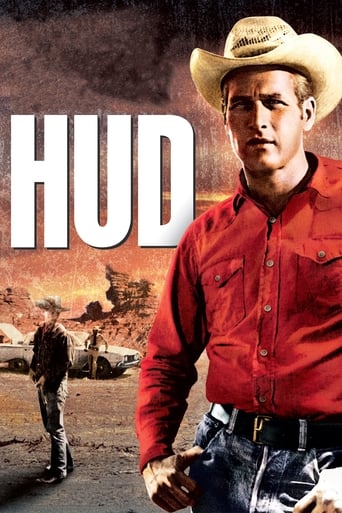
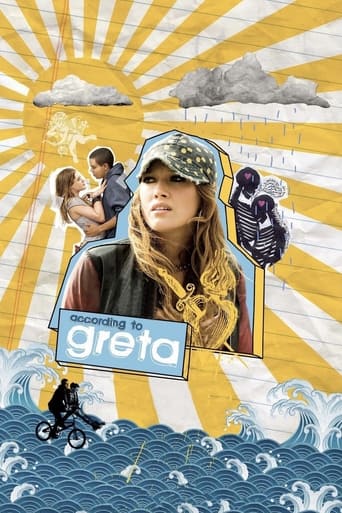
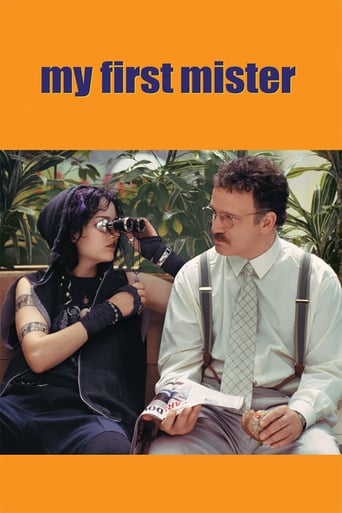
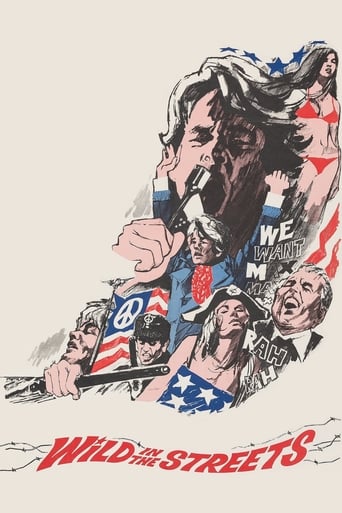
Reviews
Saw this 6/22/17. More or less picks up where "Crazed Fruit" (1956) left off, even using an actor or two from that earlier "Sun Tribe" work directed by Ko Nakahira. While I never quite got into the polemics about a "lost" generation in postwar Japan, the earlier movie had a genuinely cinematic story to tell. Here just about everything of substance in this 1960 movie is word-delivered. The result was that I spent most of my viewing time looking at the bottom of the screen grabbing subtitles, not able to focus on the frame itself. I don't think a good movie – even, or especially, one about ideas – should rely so heavily on talking (and here, reading!). At some point what is happening on the screen ceases to be a movie. In spite of several wordy scenes, Nakahira's similarly "taiyozoku" ("sun tribe") - themed work had action. "Good for Nothing" ("Rokudenashi") is all talk. And as far as I could tell from reading the English translation of what amounted to multiple lectures, what the characters said wasn't terribly interesting. At least "My Dinner with Andre" (1981) didn't require subtitle-reading.
This is the first movie directed by Yoshishige (Kiju) Yoshida, later to become a movie-making icon of the imaginary movement known as the Japanese New Wave. His debut film Good-for-Nothing obviously isn't as good as his later masterpieces, but is interesting enough and seems to borrow some aspects from the French New Wave, seeing how Yoshida was influenced by European avant-garde cinema back then.In the '60s, movie studios like Shochiku entered a crisis of sorts because the TVs had appeared and less people were going to the cinema. And so, these studios decided to take several promising directors (like Oshima and Yoshida) under their wing and gave them almost complete creative freedom to make stories such as this one. Later, Shochiku got picky with the filmed material and many directors had to leave the studios and found their own film companies, the rest being history.Good-for-nothing is the first (naturally) of Yoshida's youth films (seishun eiga?) and examines the subject of aimless youngsters bored out of their minds. The backbone of the story is a gang of four students, two of whom are from rich backgrounds. One of the poorer two falls in love with a rich one's father's secretary, who tries to lead him to the right path, but with a socially minded film like this you know it isn't going to work out well. The story is nothing spectacular, but is followable and entertaining enough.This being an early Yoshida film, it's amazing that his characteristic filming style is somewhat present. Excellent widescreen framing, a jazzy soundtrack, non-repeating shots, beautiful camera-work in general, etc. While far from his later accomplishments, you can nevertheless sense the potential in the style of the film.
Unfortunately I had missed Boy, the opening film of this year's Japanese Film Festival focused on the theme of Youth because I had to prioritize the Singapore film Sandcastle over it, so my jump point into the festival proper over the next one week is Yoshishige Yoshida's very first film Good for Nothing, made for the Shochiku studio. For a 1960 film and a debut feature at that, it boasts of very solidly defined framing, composition and camera movement that underlines the adage that they don't make things like they used to.The storyline, on themes such as emptiness and boredom these days get lazily translated on screen into dallying, lingering shots by cameras that do not move, or have it just gaze into long shots of nothing under the hands of wannabes. Yoshida had a very defined way of allowing space for the characters to live and breathe while tackling such ideas, that nothing on scene rings out as an iota of waste. Character development also got weaved admirably as we follow the lives and times of four detestable characters and see how most of them change over the course of the film.Yoshida's tale involves a pack of four idle youths who do nothing but to leech off the success of some of their wealthy dads, cruising around in an American made car, and constantly building sandcastles in the air when not monkeying around in the rooms of one of their homes. Fun means to play around with the feelings of others, to stage mock robberies, or party at a swanky hotel club. As the weather turns for the worst in Summer with a heat wave of sorts, it means jetting off to the beach and soaking it up in the cool ocean waters.Not bad a life, if you ask me, with nary a care in the world. However, not all animals, as they are labelled wolves here, are created equal, and while two of the four friends come from wealthy families that can fuel their shenanigans and escapades, the other two are working class who struggle and are willing to seize opportunities that come their way, which sets up the destination and finale of the film, about how those who don't and looking for a quick shortcut have to resort to some form of crime to fuel their addiction of a richer lifestyle.What's interesting here is the romantic subplot involving that of one of their victims, the secretary of a friend's rich dad who's quite the fearless female type, having to fall for one of the four who had rescued her from a socially embarrassing situation plotted by the team. It's like forsaking his mates for the flower amongst the thorns, and like what I think some girls do when they fall for bad boys – they fantasize about being able to transform their character for the better through love. I'd say it doesn't work all the time, otherwise we'll never get to know how a leopard fails to change its spots. But it makes for an engaging distraction aside from the usual laidback stuff that we see the four friends get themselves into.The opening credits will scream for your attention through its beautiful arty design and jazz music that will pepper the soundtrack, and I can't stress enough of how I dig the film's look and feel through its excellent cinematography right up to the frenetic pacing of the final scene that to a modern audience, ends abruptly. Yoshishige Yoshida has his second film lined up in this year's festival as well, and I'm quietly eager to see how his technique will evolve or change.
Yoshida is considered to be a leading figure of the Japanese New Wave, along with Nagisa Oshima and Shohei Imamura.Yoshida's first film was this "Good for Nothing", directed in 1960 for Shochiku Studios. The story is centered on a group of wealthy young students whose lives are spent pretty much in emptiness and boredom. Jun, a disenchanted and poor young man, has become absorbed by this little gang. The youngsters plan a sort of prank crime by kidnapping the secretary of a large corporation which is owned by the father of the gang's leader. While Jun falls in love with Makino, the young woman, she starts to sense good in Jun and tries to lead him on the right path...Yoshida demonstrates his talent in this early feature, showing for example great mastery of lighting and composition. "Good for Nothing" was strongly influenced by the French New Wave (in some respects, it could be regarded as a Japanese version of Godard's "Breathless") with perhaps a few nods to Oshima's "Cruel Story of Youth". The dynamic black and white cinematography announces the non-conventional mise en scène and fluid camera movements which would become the signature of Yoshida's later films. Although the director is renowned for works like "Akitsu Springs" or "Eros Plus Massacre", I prefer this early effort as it is much less "high brow" and more direct. Yoshida's fans certainly think that his later films are much more elaborate. Not a masterpiece? True. However, I enjoyed this as a well-narrated,well-played, well-filmed story, with beautiful shots of Tokyo streets. Not to mention the musical background (yes, jazz!) and the numerous references to French culture which were quite amusing. You know what?... Sometimes all this is more than enough!

